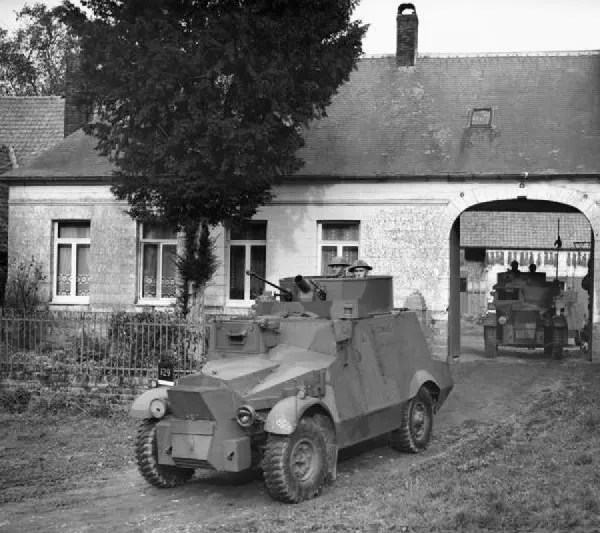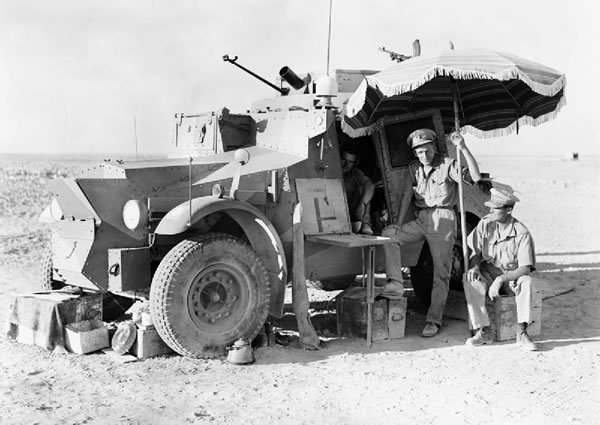
I have been meaning to watch this film again for a while after reading Antony Beevor’s The Battle of Arnhem: The Deadliest Airborne Operation of World War II.
In the book, Antony Beevor, using often overlooked sources from Dutch, American, British, Polish, and German archives, has reconstructed the terrible reality of the fighting.

On September 17, 1944, General Kurt Student, the founder of Nazi Germany’s parachute forces, heard the groaning roar of airplane engines. He went out onto his balcony above the flat landscape of southern Holland to watch the air armada of Dakotas and gliders, carrying the legendary American 101st and 82nd Airborne Divisions and the British 1st Airborne Division. Operation Market Garden, the plan to end the war by capturing the bridges leading to the Lower Rhine and beyond, was a bold concept, but could it have ever worked? The cost of failure was horrendous, above all for the Dutch who risked everything to help. German reprisals were pitiless and cruel, and lasted until the end of the war.
The film, A Bridge Too Far, was shot on-location in the Netherlands, in many of the real locations where the historical events took place. At the time of its release, it was the most expensive film ever produced.
Richard Attenborough directs this star-studded account of the failed 1944 Arnhem assault. The story follows the events of Operation Market Garden, a plot that was intended to allow the Allies access to the German lines to seize control of bridges in the occupied Netherlands. The cast includes Dirk Bogarde as Lieutenant-General Frederick Browning, James Caan as Staff Sergeant Eddie Dohun, Robert Redford as Major Julian Cook and Sean Connery as Major General Roy Urquart.
I have watched it many times, but still find it a fascinating and enjoyable film.
It’s a long film at nearly three hours long, but it covers the preparation the three air drops, the ground assault and much of the fighting across the bridges and other objectives.
Yes you can quibble about some of the vehicles used, the floating Sherman tank for example, or the use of the Leopard post-war tank as a German Panther. However there are many other accurate period vehicles used (which were being decommissioned at the time from various European armies).
Lots of gaming ideas in the film as well.
Get A Bridge Too Far on Blur-Ray.































